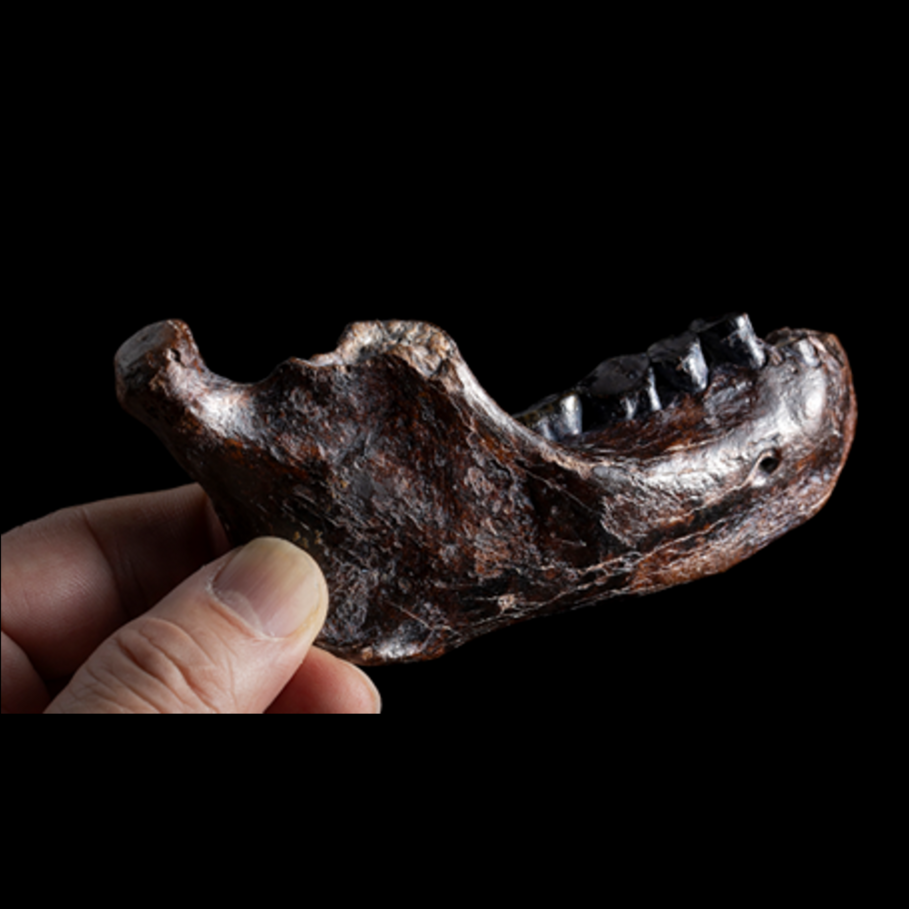***The following content was written by the author of the paper?***
An international research team from Japan, Taiwan, and Denmark investigated the ancient protein sequences of Taiwan's oldest hominin fossil and discovered that it was derived from a male Denisovan individual. The discovery of the Denisovan fossil from Taiwan has revealed that Denisovans were widely distributed in Asia, as far as southeastern Asia, and their distinctly robust jaws and teeth. This finding is reported in Science.
A fossil mandible (Penghu 1: 19,000 to 10,000 years ago) was discovered on the seabed of the Penghu Channel in Taiwan and reported as the first and oldest hominin fossil from Taiwan in 2015. Penghu 1 has distinct morphological characters and retains archaic features, but its taxonomic identity was unknown. Attempts were made to extract ancient DNA from this fossil, but these were unsuccessful. Now, an international research team from Japan, Taiwan, and Denmark revealed that Penghu 1 was derived from a male Denisovan by sequencing its bone and tooth proteins. The molecular identification of Penghu 1, a Denisovan, has significant implications for human evolutionary history in eastern Asia.
Modern human populations in eastern Asia, particularly in the southeast, have genomic elements derived from the Denisovans, and it has been suggested that the two interbred in the region. However, so far, the molecularly identified Denisovan fossils are very fragmentary and have been found only from two sites in northern Asia. This research has directly demonstrated that Denisovans were also distributed in southeastern Asia. This research also revealed that the jaws and teeth of Denisovans were much robust than those of Neanderthals and Homo sapiens, who lived on Earth at the same time. These findings have shed light on the mysterious appearance and distribution of Denisovans.
 Figure 1: Photograph of the right side of the mandible of Penghu 1.(?Chun-Hsiang Chang)
Figure 1: Photograph of the right side of the mandible of Penghu 1.(?Chun-Hsiang Chang)

Figure 2: An image illustration highlighting the findings of this study.
A robust male Denisovan individual was walking under the bright sun during the Pleistocene of Taiwan. This illustration was drawn by Cheng-Han Sun.(?Cheng-Han Sun)
Click here to see the press release【Japanese only】
Journal:Science
Researcher's information: Takashi Gakuhari




 PAGE TOP
PAGE TOP